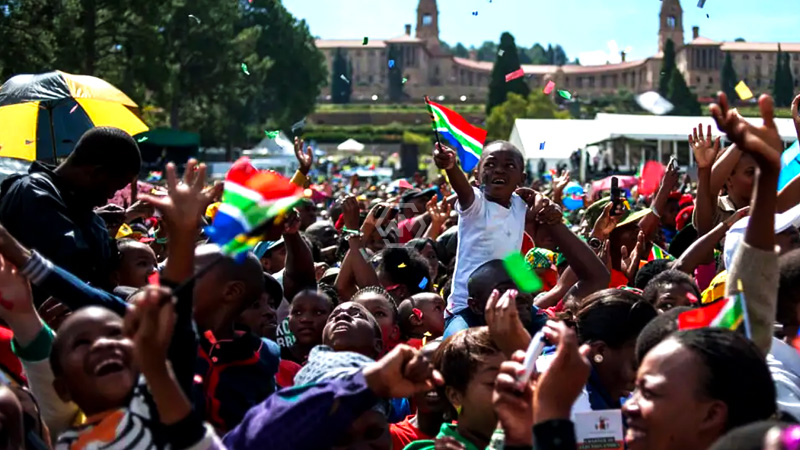- Saturday is the 30th commemoration of that earth-shattering vote.
- When a huge number of Dark South Africans, youthful and old, concluded their prospects interestingly.
- A principal right a white minority government had denied them.
South Africans commend their “Freedom Day” each April 27, when they recollect their country’s vital first just political decision in 1994 that declared the authority end of the racial isolation and persecution of politically-sanctioned racial segregation.
The main all-race political decision saw the recently prohibited African Public Congress party win predominantly and made its chief, Nelson Mandela, the nation’s most memorable Dark president four years after he was let out of jail.
Freedom Day of South Africans
The 1994 political race was the perfection of a cycle that started four years sooner when F.W. de Klerk, the last politically-sanctioned racial segregation time president, stunned the world and his nation by reporting that the ANC and other enemy of politically-sanctioned racial segregation gatherings would be unbanned.
Mandela, the essence of the counter-politically-sanctioned racial segregation development, was let out of jail nine days after the fact, setting him making progress toward turning out to be South Africa’s most memorable Dark pioneer.
South Africa required a long time to get ready and was still on a blade edge in the months and weeks before the political race due to progressing political viciousness, yet the vote — held more than four days between April 26 and April 29 to oblige the enormous numbers who ended up — went on effectively.
A country that had been evaded and endorsed by the worldwide local area for a long time due to politically sanctioned racial segregation arose as a completely fledged vote-based system.
Almost 20 million South Africans of all races cast a ballot, contrasted and only 3 million white individuals in the last broad political decision under politically-sanctioned racial segregation in 1989.
Related Press photographic artist Denis Farrell’s famous ethereal photo of individuals standing by without complaining for quite a long time in lengthy, winding lines in fields close to a school in the renowned Johannesburg municipality of Soweto caught the assurance of millions of Dark South Africans too, at last, be counted. It was selected for a Pulitzer Prize.



